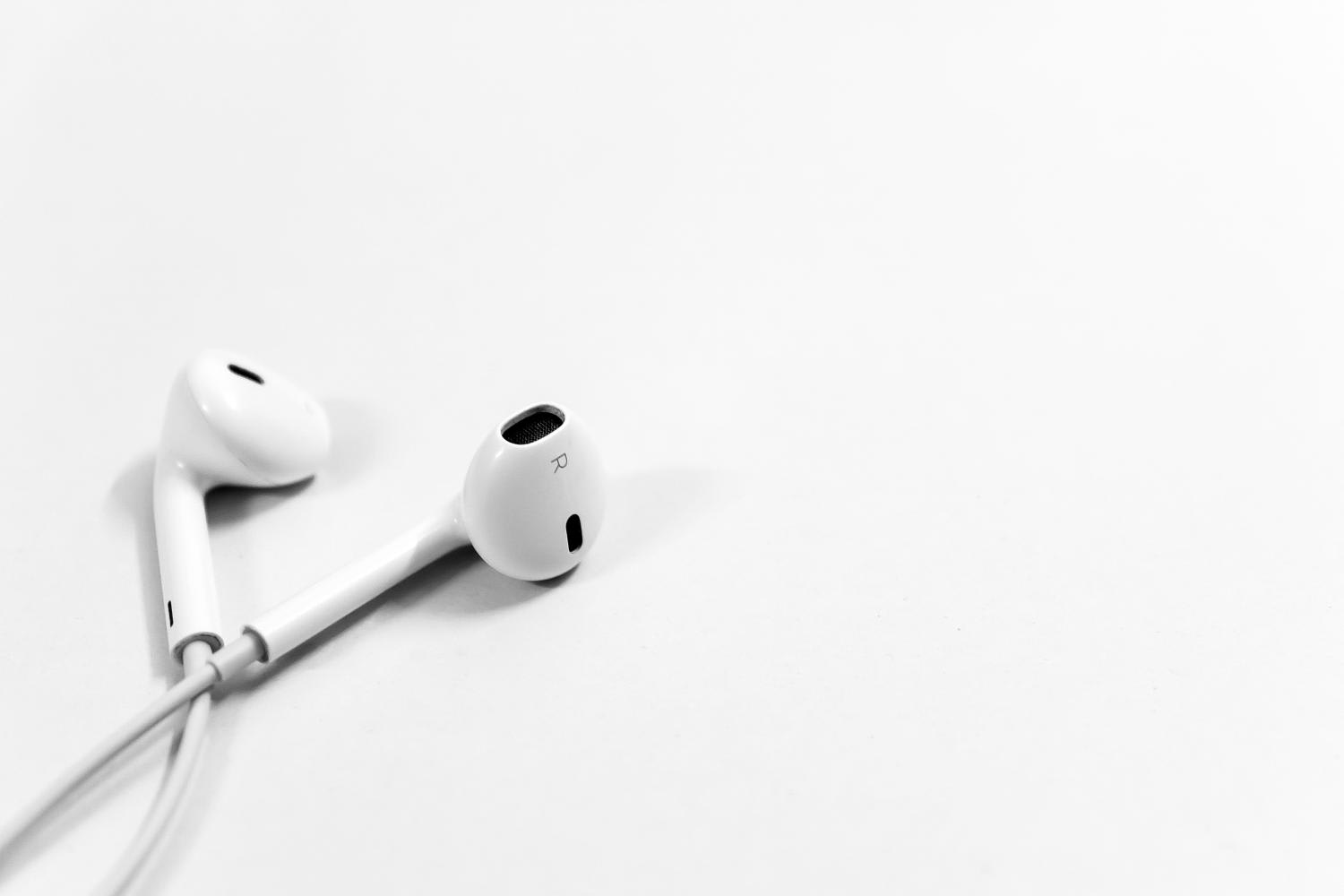- Messages
- 9,691
- Reaction score
- 4,986
- Points
- 913
Are earbuds damaging my hearing?

Question: I wear earbuds to sleep, during Zoom calls and while working out. Are they damaging my hearing? And if so, how does the damage compare with other headphone styles?
Answer: Whether you’re taking phone calls, participating in Zoom meetings, listening to music or watching TikToks — headphones are likely a daily part of your life. But what kind of damage are they doing? And do earbuds, which may sit closer to the inner ear than other headphone styles, harm your hearing more?
The idea that earbuds are more damaging to hearing than other headphone types is just false, said Dr Cory Portnuff, an audiologist at the University of Colorado Hospital. “The misconception stems from the thought that, because an earbud sits farther into your ear, it would do more damage than something that sits farther away.”
It makes sense that we would think earbuds are worse for our hearing since they send audio straight into the ear canal, he said, whereas other headphone styles that sit over or on the ear deliver sound from a greater distance.
“However, what actually matters is the volume at your eardrum, not where it comes from.”
If you’re trying to prevent hearing damage while using headphones, “there’s an easy rule of thumb,” Dr Portnuff said. “It’s called 80 for 90 — you can safely listen at 80 per cent of the max volume for a total of 90 minutes a day.”
If you listen at a quieter level, you get more time, if you listen at a louder level, you get less time. If you’re listening at 60% of the maximum volume or lower, generally, “you can safely listen all day every day,” he said.
The Centers for Disease Control and Prevention says that, on average, the volume levels of personal listening devices max out at between 105 and 110 decibels. At 80 per cent of the highest volume, which is about 85 decibels, the noise would be on par with that of a gas-powered lawn mower or the sound of city traffic from inside a car.
The CDC notes that to prevent noise-induced hearing loss, you should avoid prolonged exposures to ambient sounds above 70 decibels (like that of a washing machine or dishwasher). But environmental noise that is 60 decibels or lower (like from a normal conversation or the hum of an air conditioner) typically won’t cause hearing damage.
Dr Daniel Fink, an internist and board chair of The Quiet Coalition, a nonprofit dedicated to reducing the effects of noise on health, was less permissive in his recommendations.
“There is no such thing as a safe headphone,” he said, especially when so many people have to crank up the volume to compensate for loud environments around them.
If you’re using headphones somewhere that is very noisy and “you can hear the music or understand the words being said, you’ve probably turned up the volume high enough to overcome ambient noise,” Dr Fink said.
“And that means listening volume has to be above probably 80 decibels, and you’re giving yourself enough sound pressure, enough decibels to damage your hearing.”
To combat background noise without amping up sound levels, Dr Portnuff and Dr Fink recommended choosing headphones that block out background noise. Earbuds that fit snugly and snuff out external sounds, over-ear headphones that seal around your ear, and any listening device with noise-canceling technology are all good options.
The best thing to do is to be mindful of the noise around you, Dr Portnuff said, and how it is affecting the sound reaching your ears. Some smartphones or smart headphones will alert you if your volume is above recommended listening levels.
Loud noises can prematurely and irreversibly damage your hearing — overexposures could cause a 30-year-old to have the hearing of a 60-year-old, Dr Portnuff said. Hearing loss is usually gradual, too, meaning people often don’t notice it until it’s too late. Understanding the best ways to protect your hearing is important, he said, so you don’t have those regrets down the line.
It’s also critical to preserve hearing, Dr Fink said, because hearing loss can sometimes create a positive feedback loop of more harm. When people cannot hear something, they tend to boost the volume — but that, in turn, can lead to even more damage.
So remember that volume, above all else, matters. “Listen at the lowest level possible that allows you to hear the content that you want to listen to,” Dr Fink said. “If it sounds loud, it’s too loud.”
Photo credits : TODAY Online
Article also appeared in : Today Online and The New York Times

